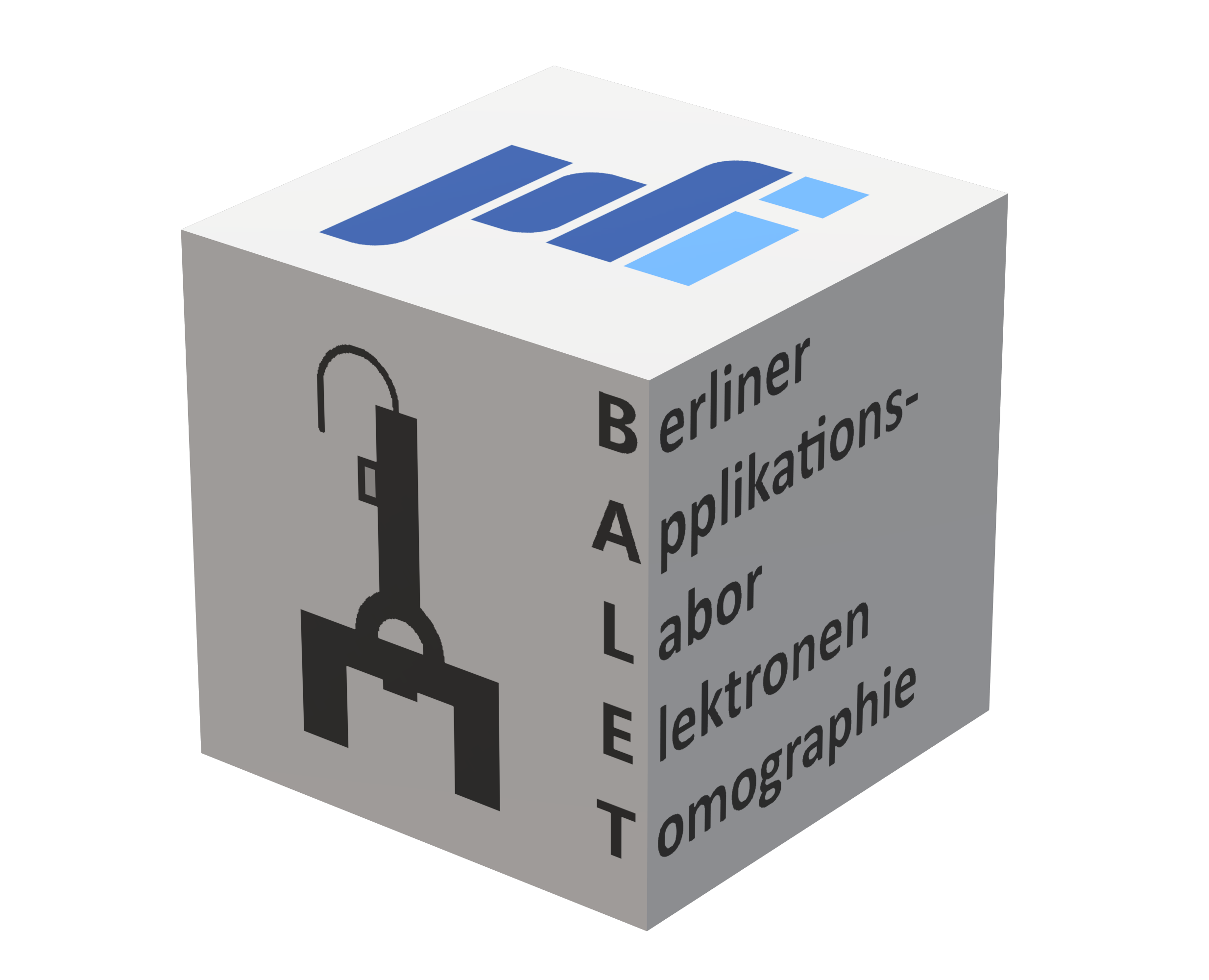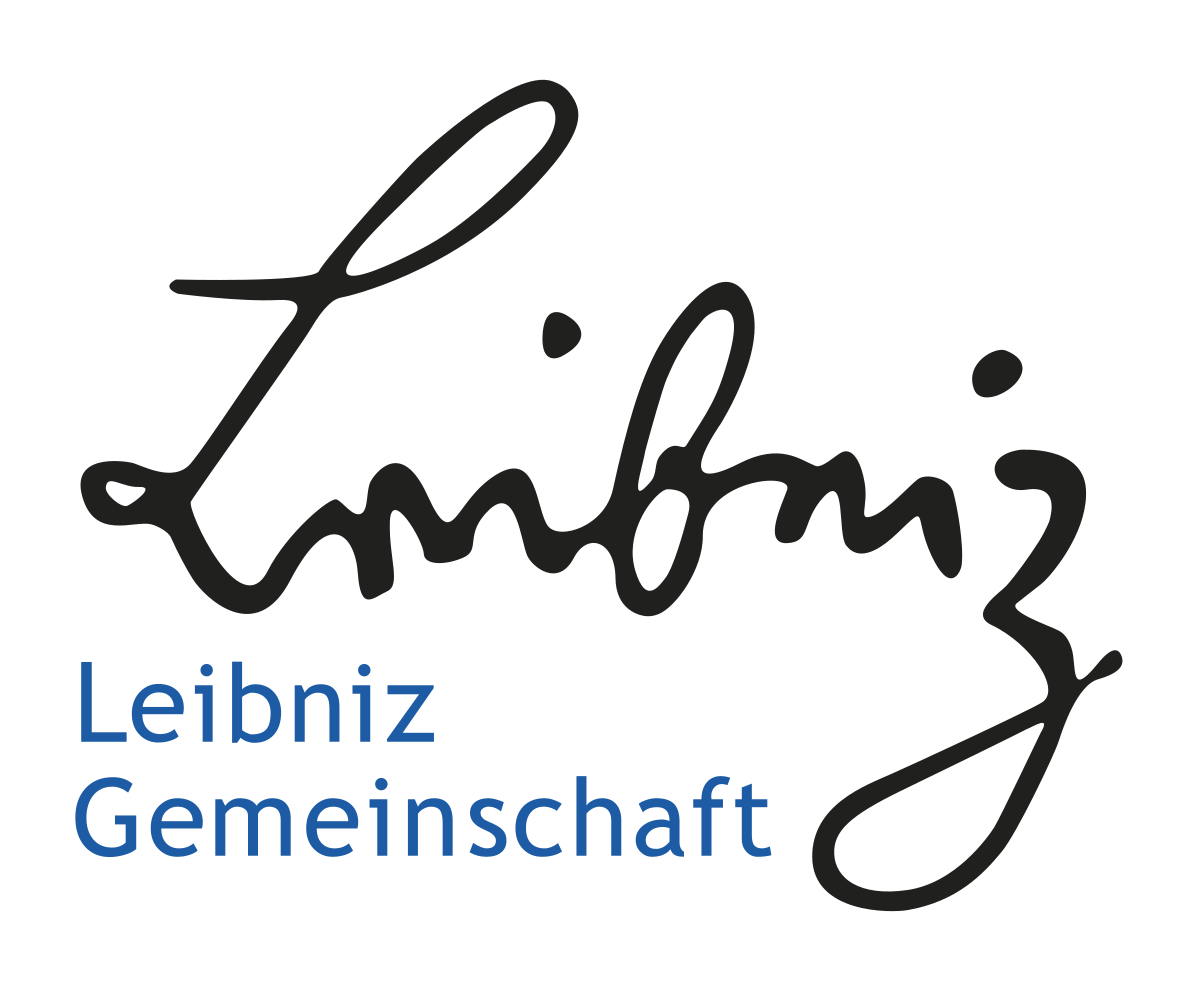Highlights
TEM imaging of gate topology of a fully processed transistor in
"Lateral 1.8 kV β-Ga2O3 MOSFET With
155 MW/cm2 Power Figure of Merit"
Lateral β-Ga2O3 MOSFET for power switching applications with a 1.8 kV breakdown voltage and a record power figure of merit of 155 MW/cm2 are demonstrated. Sub-μm gate length combined with gate recess was used to achieve low ON-state resistances with reasonable threshold voltages above −24 V. The combination of compensation-doped high-quality crystals, implantationbased inter-device isolation, and SiNx-passivation yielded in consistently high average breakdown field strengths of 1.8–2.2 MV/cm for gate–drain spacings between 2 and 10 μm. These values outperform the results of more established wide-bandgap device technologies, such as SiC or GaN, and the major Ga2O3 material promise — a higher breakdown strength — is well demonstrated.








